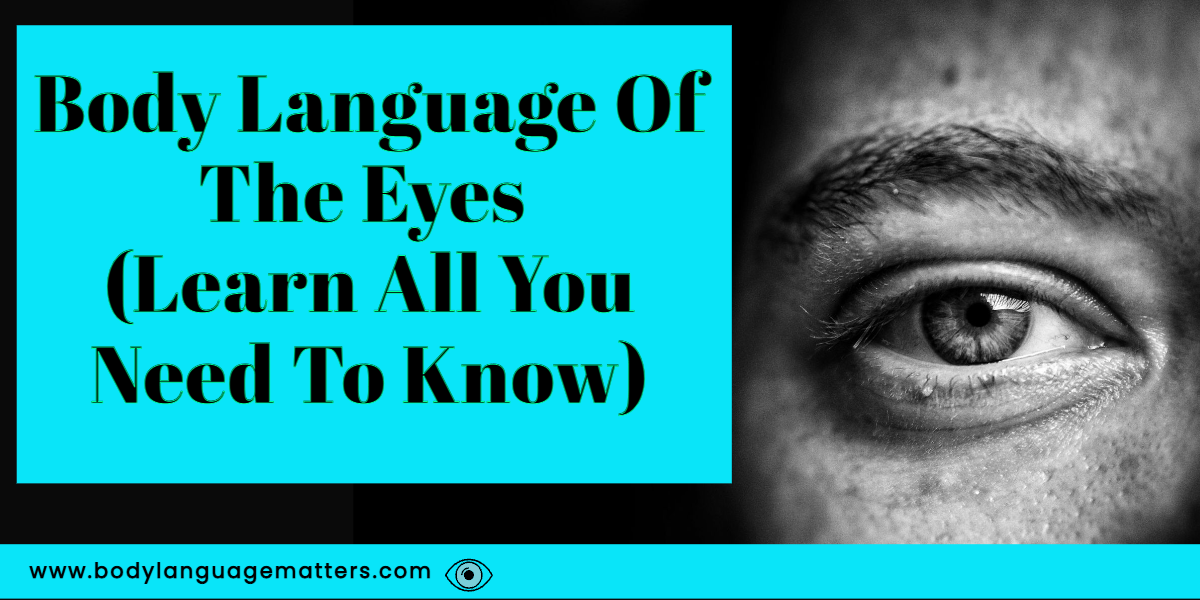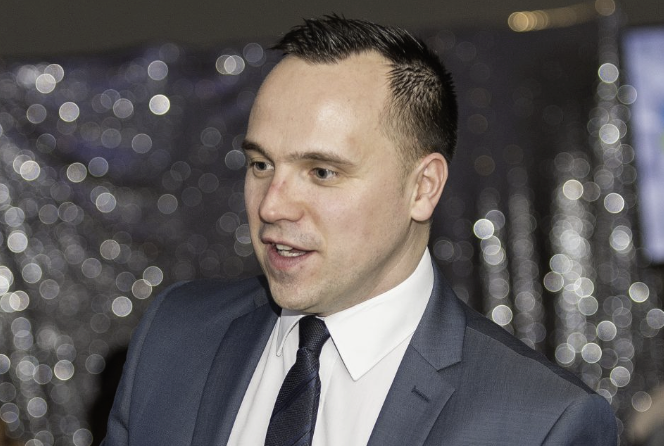Body language is how we talk without using words. It’s all about the way we move our hands, stand, and make faces. It helps us figure out what someone really means.
Our eyes are especially good at showing body language. Not everyone uses eye contact the same way. Some people don’t like looking others in the eye, and some think it’s too intense. But how we look at someone can tell a lot about what we’re thinking or how we feel about them.
The size of the pupil, the shape and color of the iris, and how much light is reflected back into our eye from the surface of the cornea all give us clues about what someone is feeling. For example, pupils get bigger in response to an external stimulus or attention-grabbing words or contraction when emotions change within us.
Table of Contents
Learn To Read The Quickly
Quick Guide
| Eye Movement | Possible Meaning |
|---|---|
| Looking Down Left | Recollection |
| Looking Straight Left | Internal Deliberation |
| Side Glance | Sound Awareness or Imagination |
| Looking Down Right | Self-doubt |
| Looking Straight/Up Right | Dishonesty |
| Direct Eye Contact | Honesty or Interest |
| Eyes Widening | Surprise or Amazement |
| Eyes Rolling | Disbelief or Frustration |
| Frequent Blinking | Excitement or Boredom |
| Winking | Playfulness or Mischief |
| Rubbing Eyes | Tiredness, Disbelief, or Irritation |
People can get a glimpse into your thoughts by observing your body language. The way you express yourself through your face, your hand movements, the tone of your voice, and where you look all serve as indicators that allow others to decipher your emotions and thoughts.
Our eyes, in particular, play a crucial role in nonverbal communication. It’s often said that eyes speak volumes even before we articulate our thoughts. Paying attention to someone’s gaze can give insights into their feelings towards you or your conversation.
Understanding eye contact is a fundamental aspect of interacting with others. For instance, if a person avoids eye contact while speaking, it could suggest a lack of interest. On the flip side, maintaining eye contact might show sincerity or engagement. Referencing the chart:
- When a person looks straight left, they might be internally deliberating what to say next.
- A glance to the right could indicate they’re activating their imagination, while looking down might reveal self-doubt.
- Eyes widening could reflect surprise or excitement about the conversation.
- Rapid blinking might mean the conversation is either thrilling or failing to hold their attention.
- If they wink, they might be sharing a private joke or suggesting complicity.
So, understanding eye movements can enhance your interpretation of someone’s unspoken feelings in response to your communication.

Looking Down Left
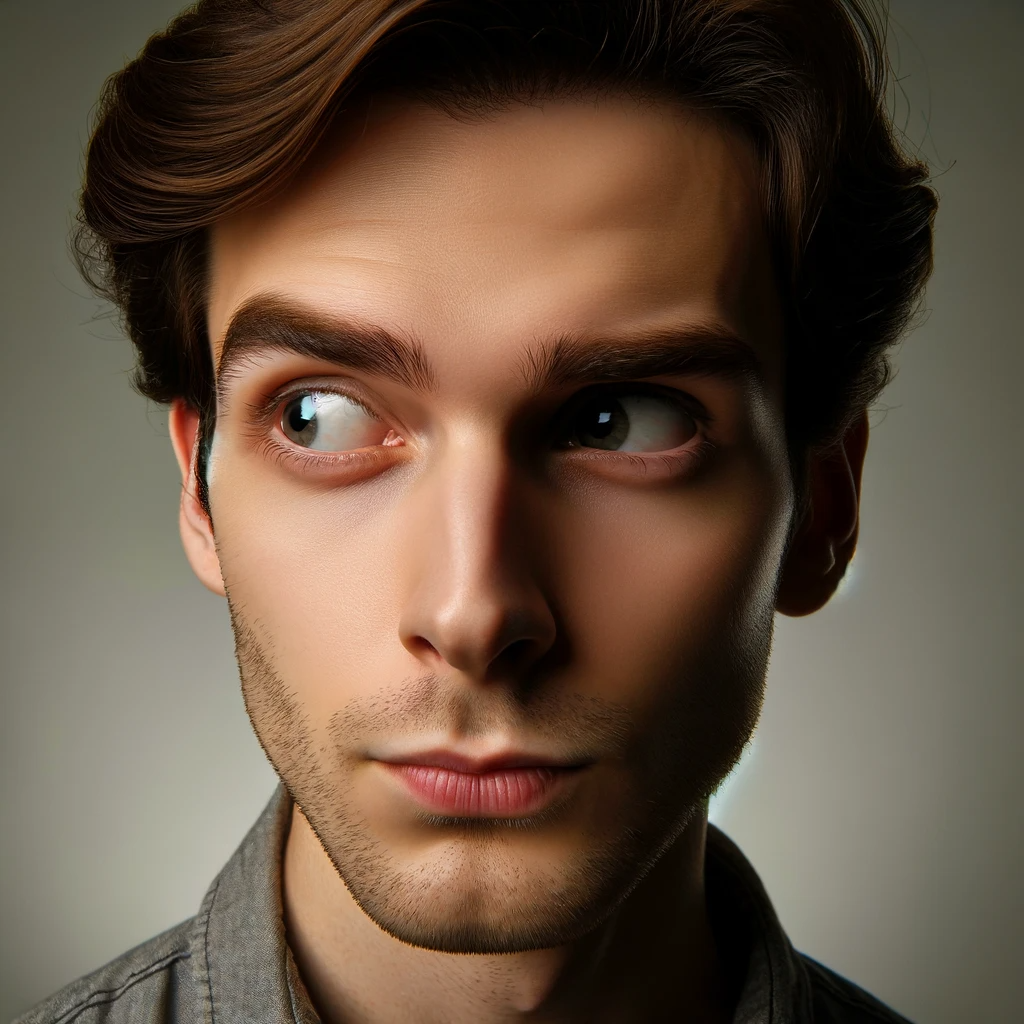
Side Glance

Eye Contact.
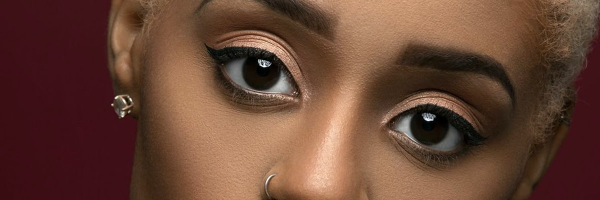
What is eye contact? Eye contact is when people look at each other at the same time in the eyes.
Most people ask what certain eye contact means when they feel something is off or someone looks at them strangely. It’s built into us to notice how someone looks at us or makes eye contact.
The average time someone should look at you is two seconds and then look away. If you notice someone looking at you for a prolonged period of time there is something up.
A note to remember is culture plays a big part in eye contact.
Avoiding Eye Contact.
When someone avoids eye contact they are usually sending a signal they don’t like you or don’t want to speak with you at that moment. We also avoid eye contact when we feel that person is embarrassed to use it.
If a person avoids eye contact on a number of occasions in different social settings we can conclude they find us unlikeable, obnoxious, or don’t like who we are with. Pay attention when you see this behavior in a person.
The High-Status Eye Gaze.

The higher a person in society is the more they will use eye contact when talking and listening. You see this when a boss walks into a room or a celebrity talks with a group. People who use less eye contact whilst talking are seen as less dominant or less powerful.
When someone looks at us from a higher status it makes us feel important or better, just something to keep in the back of our mind next time we speak with a boss or high-status person.
We can use this to our advantage when we speak or talk to someone keep good eye contact with them.
Starting A Conversation Using Eye Contact.
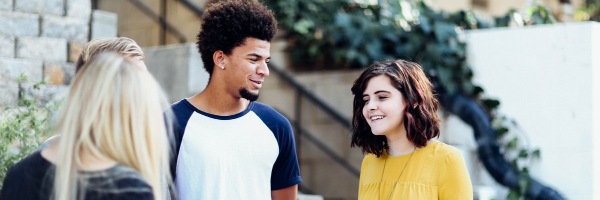
You can start a conversation with your eyes, simply scan the room or look at the person and they will naturally look at you until you speak. It’s really easy to look at their face/eyes draw their attention and ask a simple question.
The Eye Gaze.
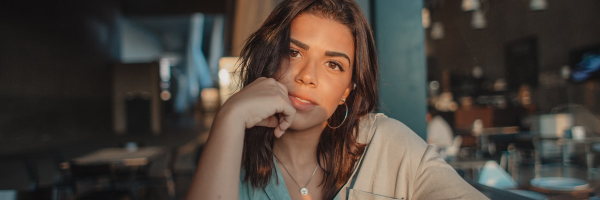
What does eye gazing mean in body language?
The way we use our eyes can convey a multitude of messages. For instance, an intense look between two people might signal the blossoming of romantic feelings. Such eye contact can indicate either attraction or, sometimes, hostility. This shift is particularly noticeable in couples as their rapport evolves from platonic to romantic.
When it comes to signaling romantic interest, many people tend to soften their gaze and relax their facial expression while holding the other person’s gaze, a non-verbal cue meant to catch the attention of the person they are interested in.
However, it’s important to distinguish between eye contact and staring. Respectful and interested eye contact is often a positive interaction, while staring can come across as aggressive and unsettling, signaling to the other person that something is amiss.
Staring tends to be intentional and suggests that the person is bracing for something to happen, while a gaze is more about finding interest in a person or object and seeking to learn more.
Then there’s the matter of pupils. Observing pupils can be intriguing in the study of body language. They react involuntarily and can signal a person’s level of interest or emotional response. Even though this aspect of body language is challenging to interpret, it is incredibly revealing and worth understanding because it is one of the few cues that we cannot consciously control.
Reading The Pupils (Understanding)
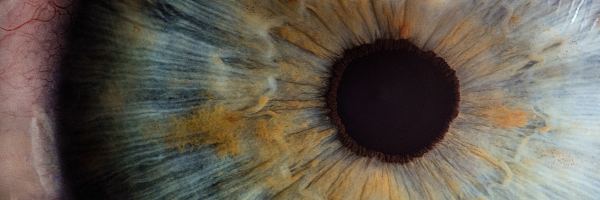
Understanding pupil dilation and constriction.
First, we will deal with pupil dilation. When we see someone or something we like, the pupils will dilate.
“The definition of dilation is the action of enlarging something or making it wider”.
We can use this to our advantage when dating and most restaurants will do so by dimming the lights, allowing the pupils to absorb as much light as possible. This in turn will make the pupils enlarge, sending the body language cue to the other person on a subconscious level.
On the other hand, pupil constriction means the opposite of pupil dilation. When we see something we don’t like or someone our pupils will constrict or go smaller.
Constricting pupils means making them narrower.
An example of this is when a child doesn’t like his or her dinner. Take a look into their eyes and see how the pupils constrict. Then, as deserts are being served, take a look at how the pupils dilate or grow larger as a nice piece of chocolate pudding is being served.
Next, we will take a look at what closed eyes really mean and there are a number of different meanings that could confuse some.
Closed Eyes The True Meaning.
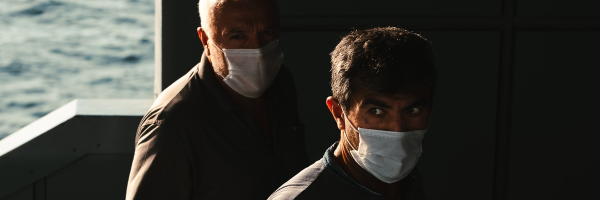
When we see someone close their eyes while conversing, this is a common body language cue that means that the person doesn’t like what they’re saying or doesn’t like or is concerned or worried about what you’re saying.
An example of this is in a saleroom setting if you were selling a car to a client and you are about to close the deal and personal finance comes up, and they close their eyes for a prolonged period of time, usually a few seconds, then there is something up with them internally.
At the point you notice the eye block, think back to the last topic that was in discussion and address the issue.
It’s worth pointing out that context is key to understanding what’s really going on. If someone blocks their eyes when they’re with a romantic partner, it may mean they’re blocking everything out but you.
Reading what else is going on around us gives us a better understanding of what’s not absolute in nonverbal communication.
Next, we will take a look at why people cover their eyes.
Covering The Eyes.

When people have done something wrong, they often cover their faces to avoid being told off. You’ve probably seen this happen with both children and adults. This is an expression of negative emotions, worry, or lack of confidence, and can also be seen as an embarrassment.
Calm Eyes.

Calm or relaxed eyes are a sign of comfort and confidence.
Narrow Eyes.
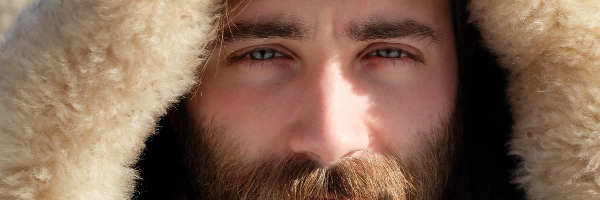
What does narrowing of the eye mean in body language?
The narrowing of the eyes shows that person is under stress you will also notice constriction of the pupils. If you see someone narrow their eyes in a conversation you know something is wrong. Some people will narrow their eyes when they feel apprehension, doubt, or concern. Remember context is key to understanding what is really going on within someone.
The Quivering Eye.
The orbicularis oculi muscle is a muscle located in the eyelids according to the NCBI website the muscle is located around the upper and lower eyelids.
The main function of the orbicularis oculi muscle is to close the eyelids. When we see someone with a quivering eye it usually means from a body language point of view, stress, anxiety, or fear. This is a great data point to remember.
Talking With Eyes Closed What Does It Mean?
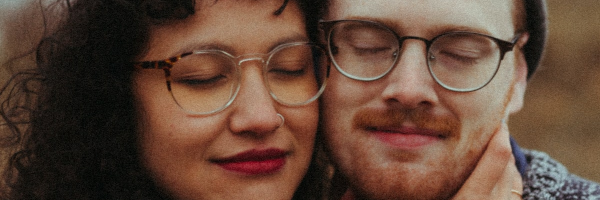
In some cultures, talking with eyes closed is a sign of reverence. In others it is a symbol of dishonesty or that the person does not believe what he is saying.
Talking with their eyes closed may also be a way for people to avoid distractions, such as their phone notifications and conversations going on around them.
It’s uncommon when you see this so pay attention to see what else is going on around them when they talk with their eyes closed.
What Does Heavy Eye Contact Mean?
Making eye contact with somebody is an important social signal. It’s one way to convey interest in what somebody is saying, and it also indicates that you are confident in yourself.
But is there more to it than that? Heavy eye contact or a prolonged stare can mean a person is deep in thought or thinking about what has just been said.
If they do this often or you notice this then you know they are processing the information, they are thinkers.
Body Language Eye Movement For A Man.
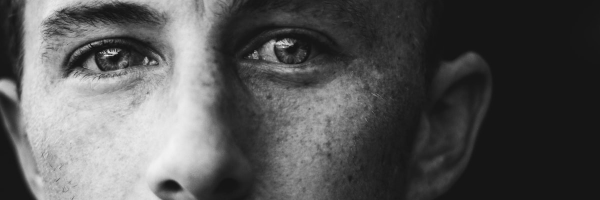
Eye movement or eye accessing cues provides a window into the person’s thoughts and feelings. Eye movement is a very powerful indicator of what a person is thinking about or feeling.
There are many different theories about what eye movement indicates, but most body language professionals agree that it is individual to them.
However, there are some exceptions like eyes down right.
What Does The Eyes Down And Right Mean?
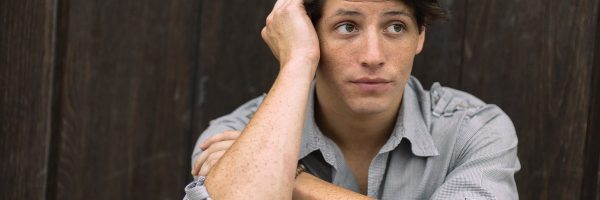
Eyes downright is now seen as emotional processing. It is observed that people keep their eyes down right when they are feeling sad, nervous, or exhibiting anxiety.
This can be observed in various situations, such as when you are in front of the doctor or during difficult conversations.
We now look at angry eyes.
Angry Eyes.
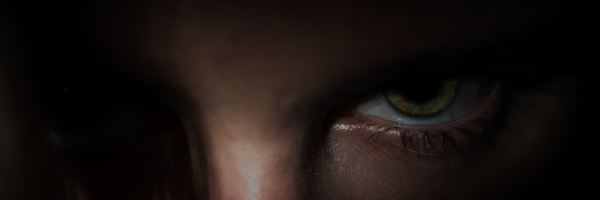
When we see anger in someone’s eyes, they are usually narrowed and a frown is usually displayed on their forehead. You usually see this before a person is about to lose control or get physical with someone.
They are nearly at the point of no return. When you see this it is important to walk away or change the topic altogether.
Some people will stare at you aggressively before they get angry. You can tell when someone is staring at you aggressively because they will lock their eyes onto you like they’re aiming down the barrel of a sniper rifle. This usually means a fight is about to happen.
Darting Eyes.
When we see someone’s eyes move or dart back and forth, this is usually seen as processing negative information.
When the amygdala detects danger, the brain will initiate a fear response to protect us. This can be seen in eye movements or how someone’s face may look tenser.
Shocked Eyes.
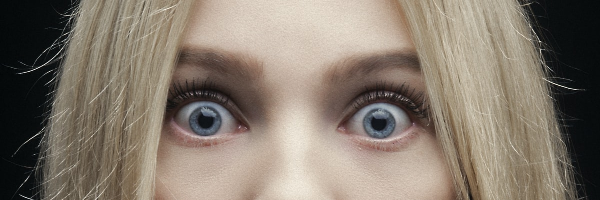
When we are shocked we tend to have a very wide and stiff gaze. The eyes and mouth may open and the eyebrows may raise. This action is a natural reflex to what has shocked us, as it helps prepare for fight or flight.
Crying Eyes.
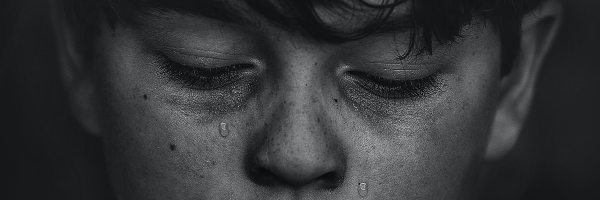
People who cry are usually under intense emotional stress. This is usually a default form of childhood to get what they want or are genuinely upset and have no other way of releasing emotions.
However, when analyzing someone we can’t just use someone crying to mean they are really upset we have to read in clusters of information.
Someone who is crying may be sad or upset but they may also be tired, hungry, or have a cold.
Some people will be equally upset but can’t express themselves outwardly and will internalize their sadness but never show it.
The way to tell if someone is really feeling upset when crying is if they clutch an object like a shirt, ring, necklace, or a part of their body.
Remember there are no absolutes, but we can safely say something more is going on internally with them.
Futtering Of The Eyes.
When one sees someone’s futting eyes, it usually means they are processing something internally and are unable to articulate what they are thinking. You will see someone futtering of the eyes when something contentious has been said or done and they are struggling to articulate the words.
Futtering eyes is a body language cue that indicates the speaker or subject is struggling with what they are saying.
This can be as a result of difficulty forming sentences, difficulty recalling the words, or difficulty understanding the other person.
The person may start to frown as their brow furrows and they attempt to form a coherent sentence. Alternatively, the person may have squinted eyes due to frustration or disapproval.
What Does It Mean When Someone Squints Their Eyes At You?
When we squint we are trying to see something better. It is a basic instinct and usually happens when we don’t have the right glasses or contacts on.
But sometimes people squint for other reasons. Squinting can also be a sign of confusion, sadness, or anger.
Context is important when you see someone squiting. You need to take into account what they’re saying before you can make a conclusion about what eye squinting really means.
You may also like
The Most Common Problem With Eye Contact
Final Thoughts
Eyes can tell you a lot about what someone is feeling. You can see if they’re into what you’re saying, if they’re falling for you, or if they’re just tired or not feeling well.
When someone keeps eye contact, it often means they’re focused and confident. If they’re staring right at you, they might see you as competition. But if they look away, they probably don’t want to be involved.
Eyes are easy to read and are usually visible, unless someone is wearing sunglasses. Hope you found this quick guide on eye body language interesting! Check out our post on what it means when someone looks down at the ground, too.
